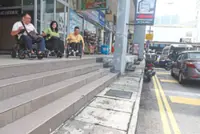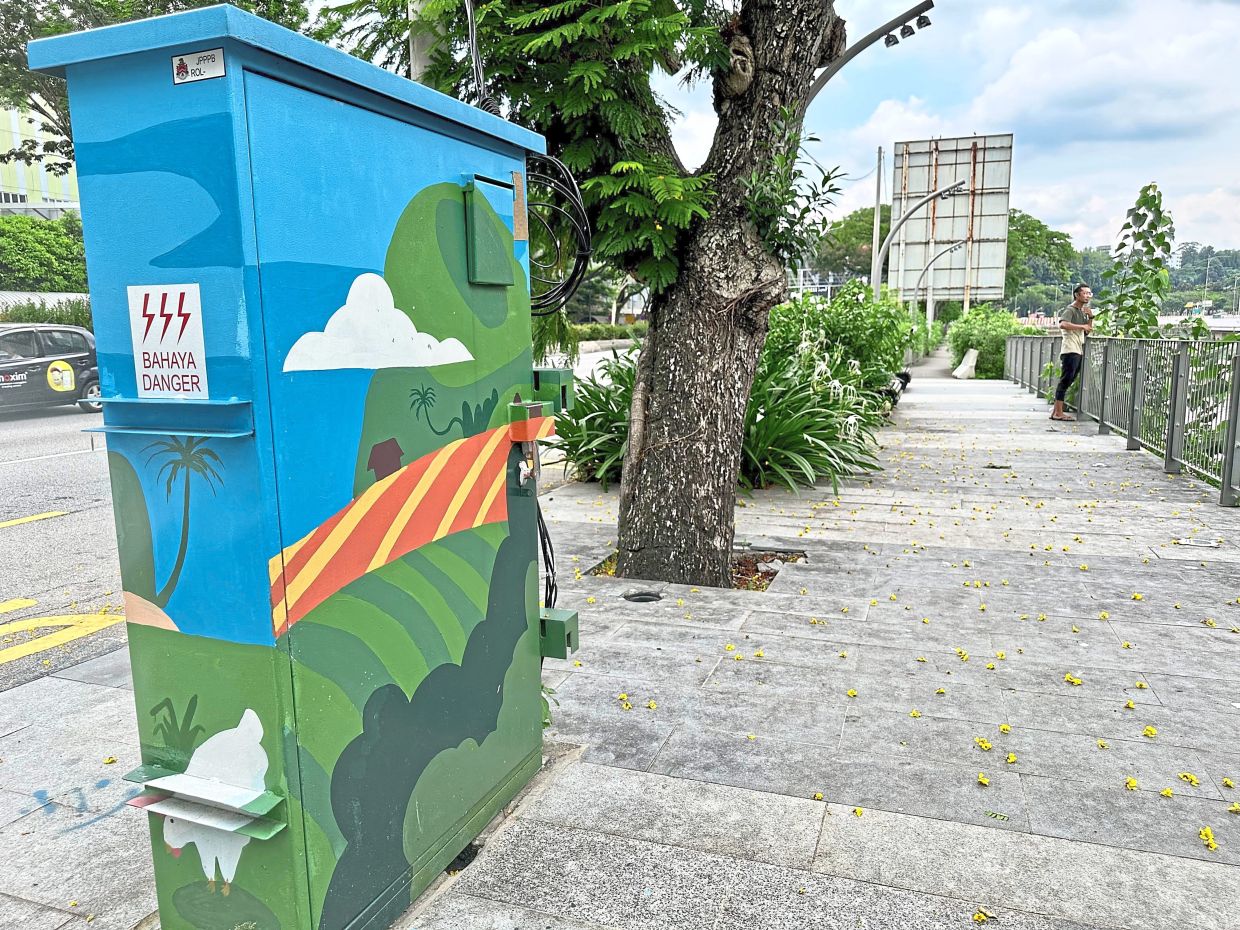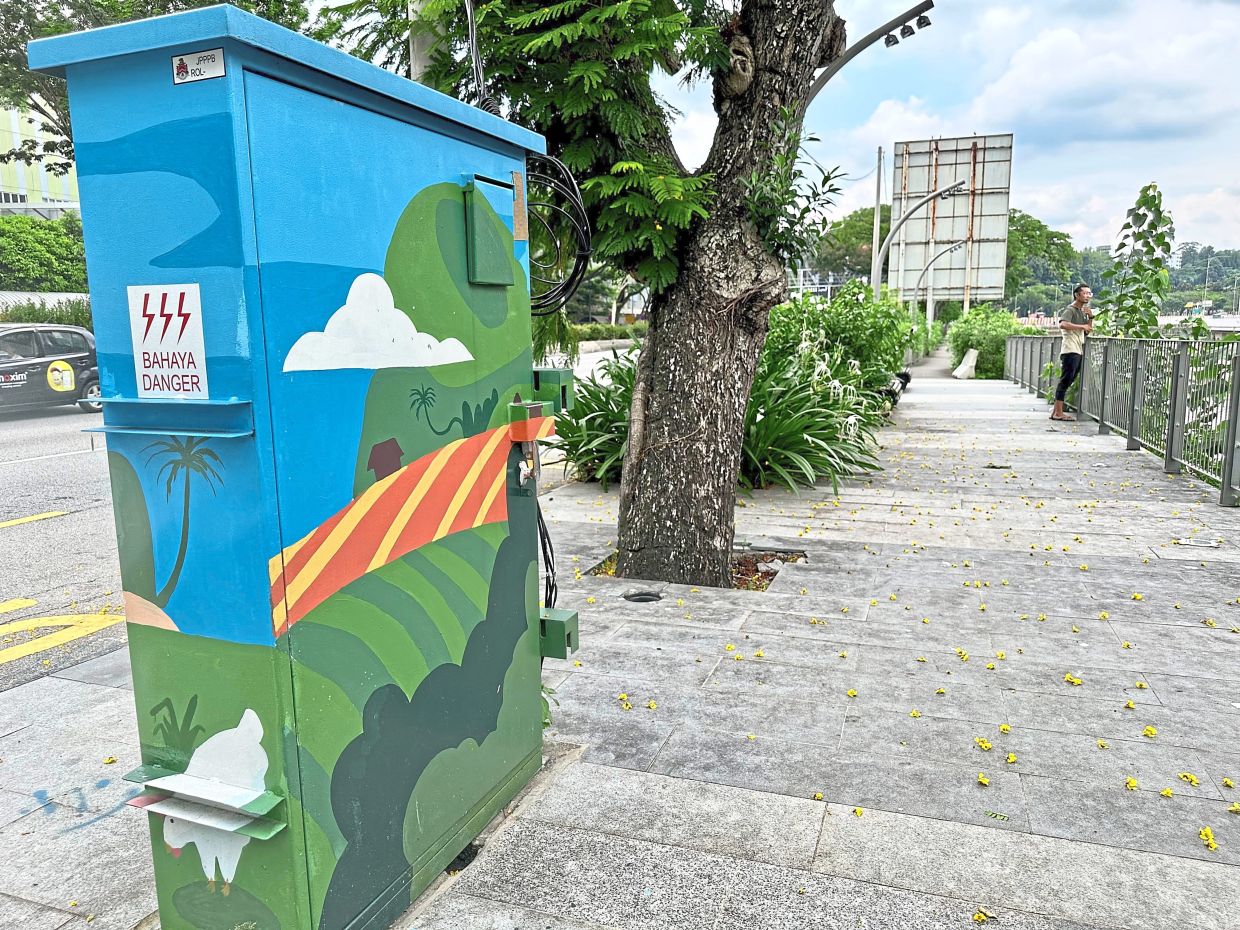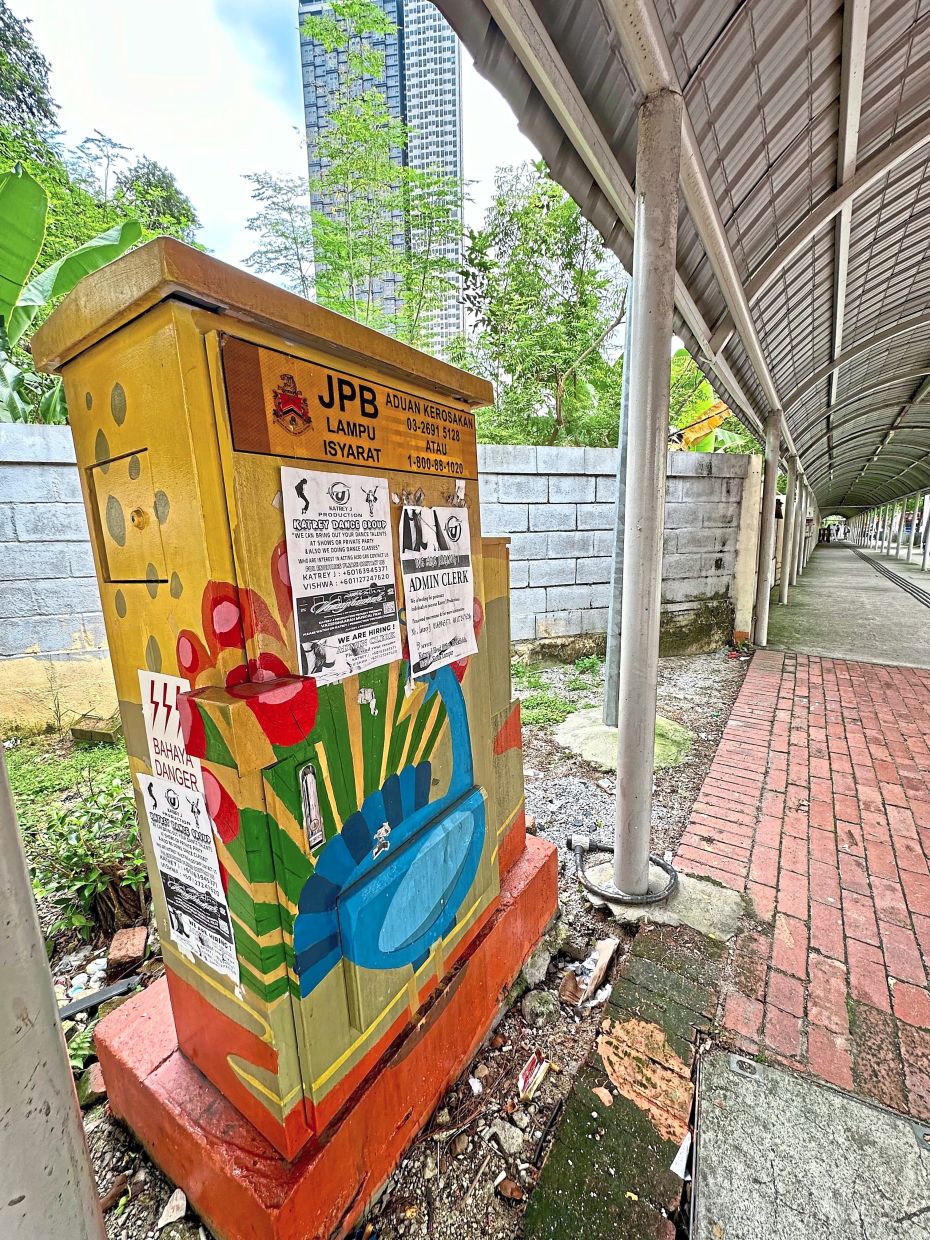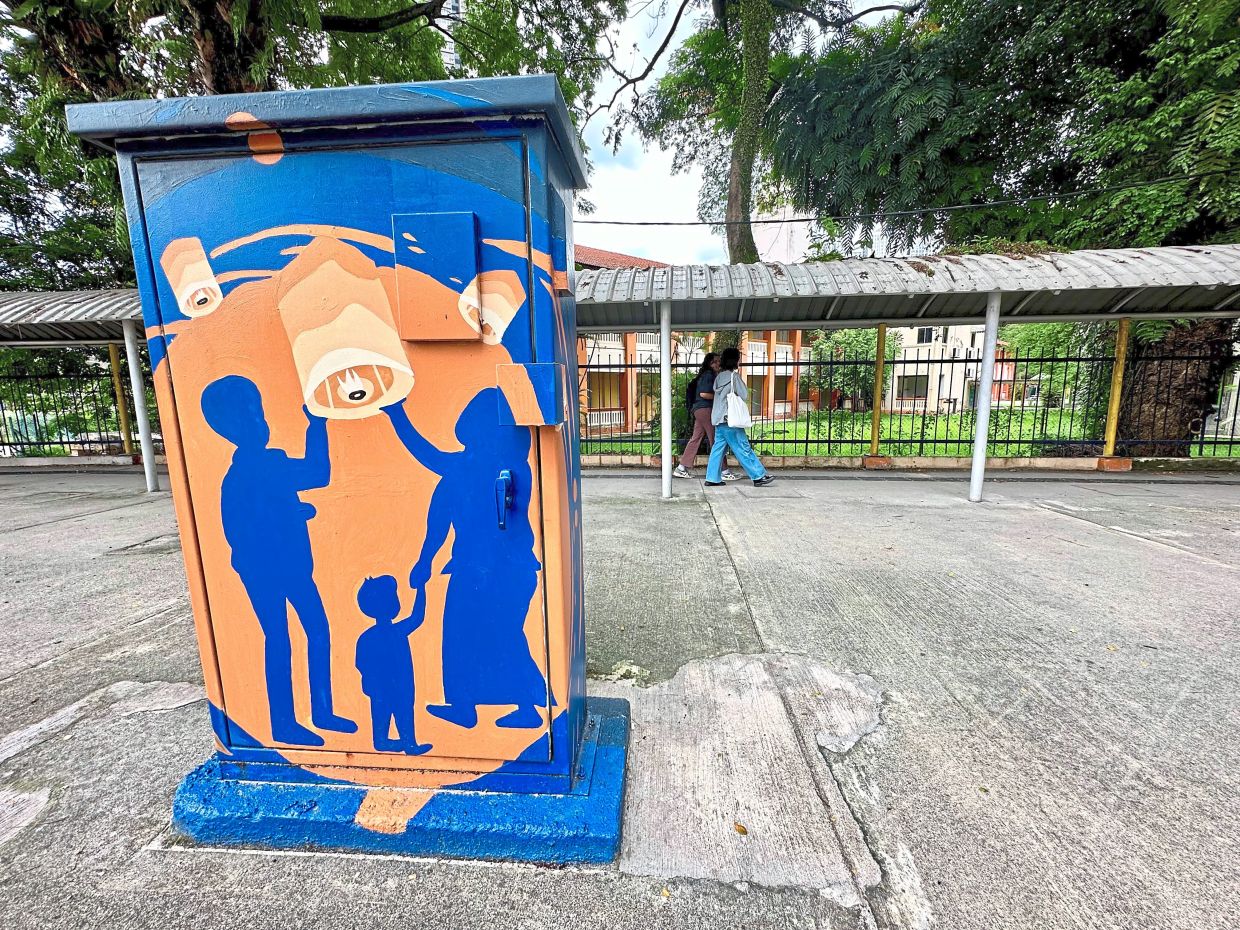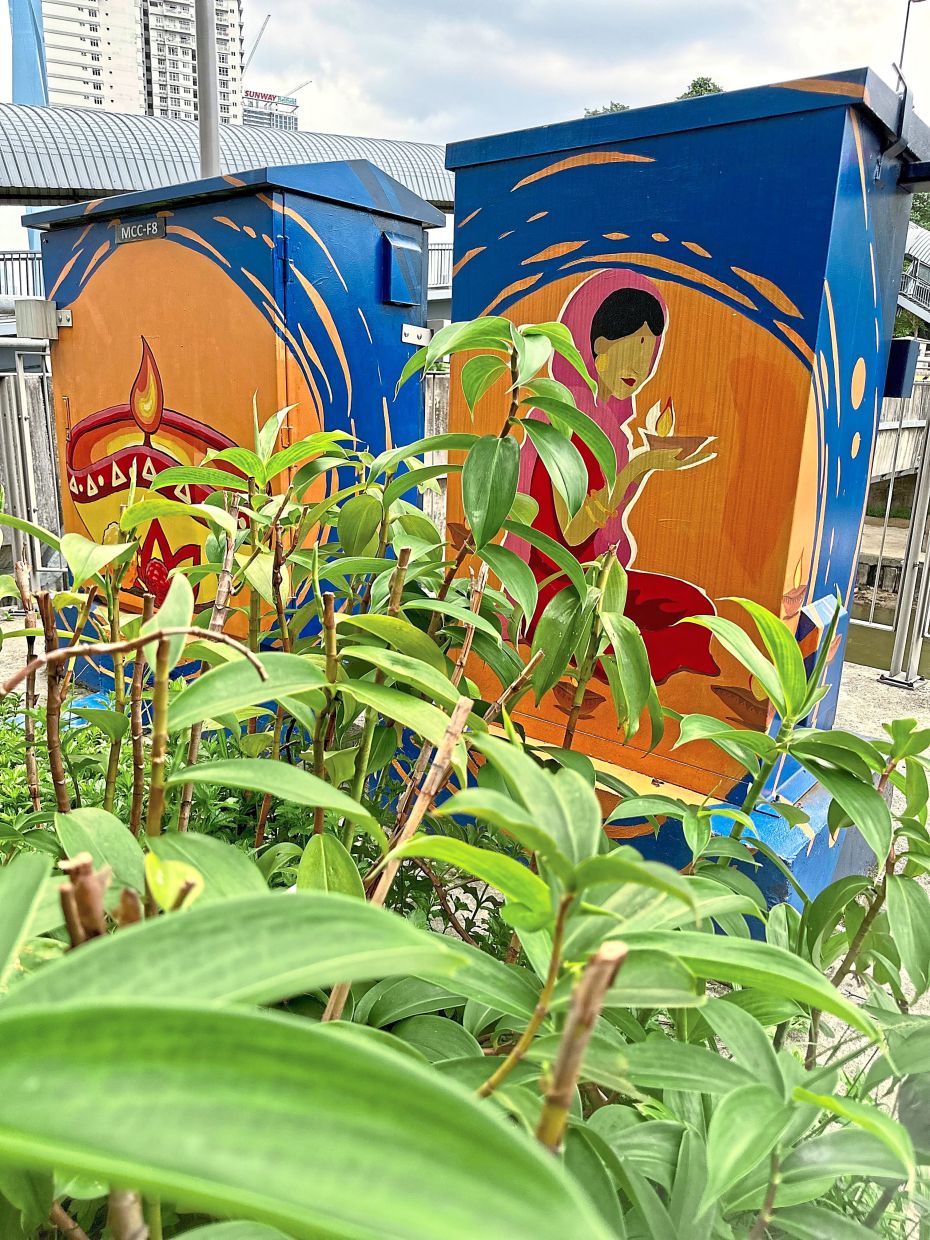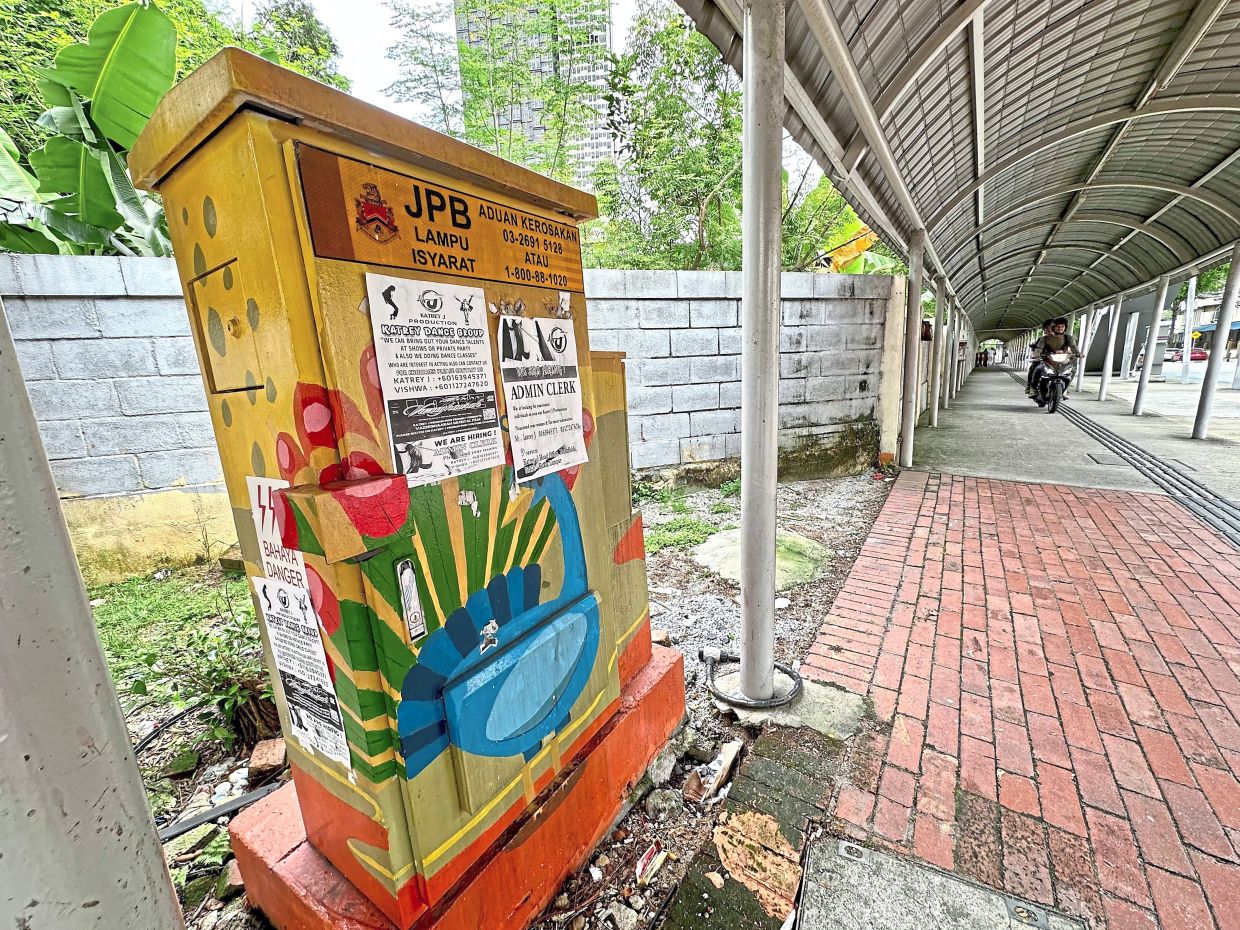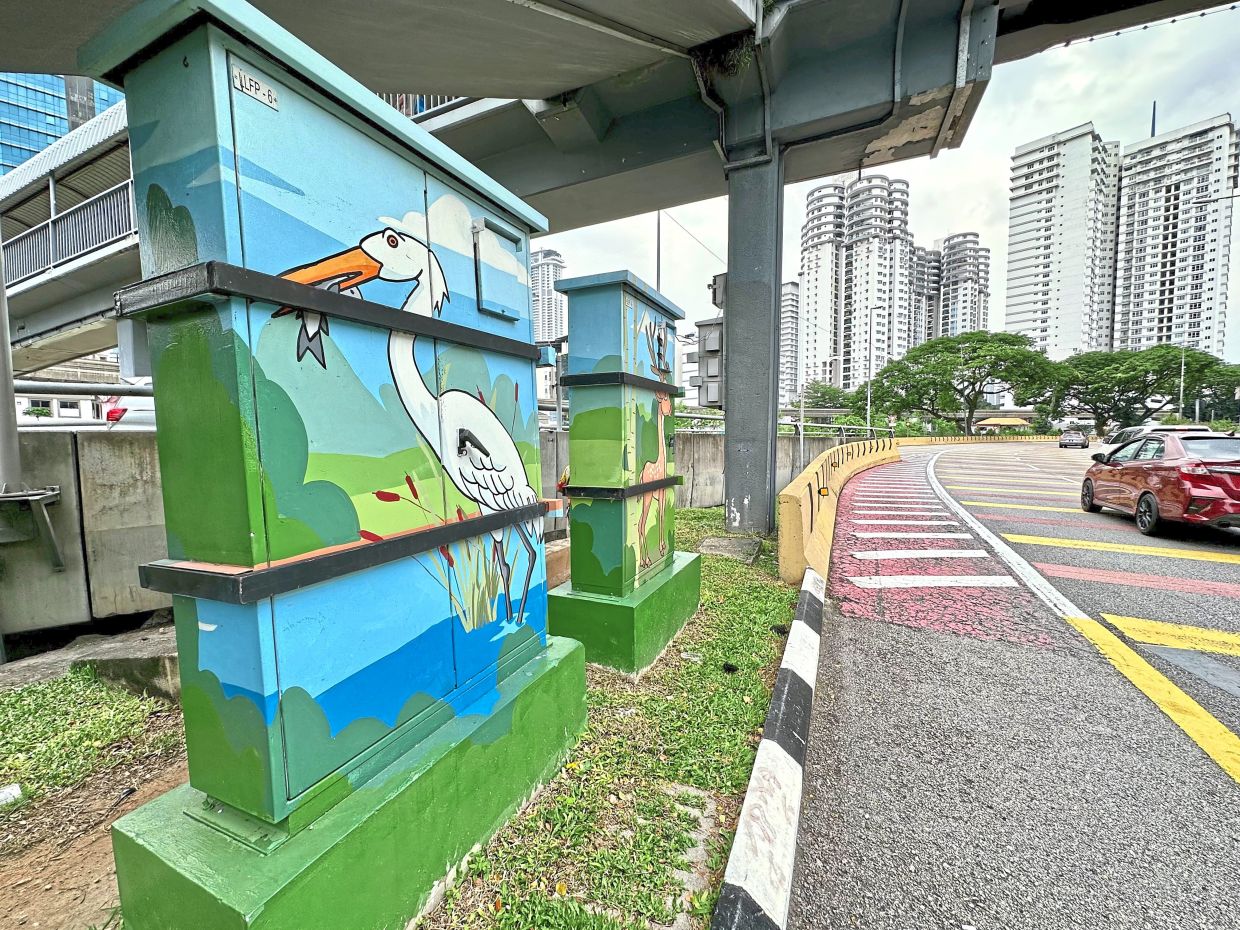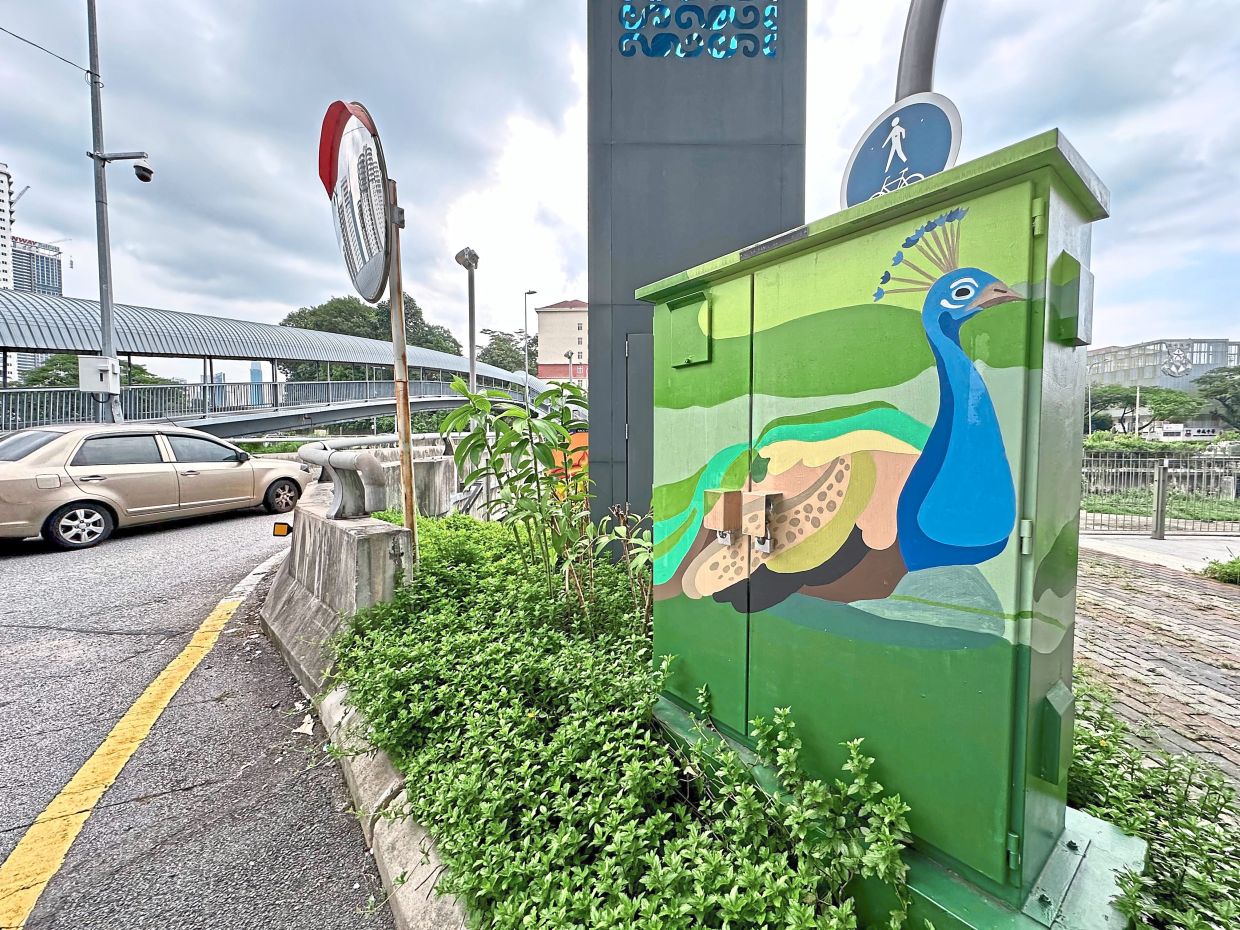IN AN urban landscape, where concrete and steel often dominate, the inclusion of art can significantly alter the aesthetics and feel of a city.
In the Kuala Lumpur city centre, brightly painted feeder pillars – a commendable initiative by Kuala Lumpur City Hall (DBKL) – bring vibrancy and a whimsical touch to the streets of the capital city.
The effort initiated by DBKL’s Project Implementation Department involves creating small projects to beautify the city.
A feeder pillar, also known as power box, is a cabinet housing electrical equipment.
The feeder pillars belonging to DBKL have been transformed into canvasses showcasing local culture, wildlife, and traditional motifs.
Each pillar is uniquely decorated to reflect elements of Malaysia’s rich cultural tapestry.
One pillar depicts storks, symbolising freedom and the natural beauty that still persists amid the urban sprawl.
Another features a rooster, a common image in folklore and a symbol of dawn, fitting for a city that is rapidly modernising yet still holding onto its roots.
The artistic approach extends to more than just wildlife.
The mridangam, a classical Indian drum, is noticeable on another pillar highlighting the multicultural makeup of Malaysia, where music and art form a bridge between diverse communities.
Traditional Malay floral designs on another pillar pay homage to the community’s handicrafts and visual arts, further embedding its identity in the urban fabric.
This initiative does more than beautify the city – it sparks community engagement and pride.
Residents and visitors alike are treated to an enthralling outdoor gallery experience.
“It’s a form of urban renewal that respects cultural heritage while embracing modernity,’’ said a DBKL spokesperson.
“These art installations on feeder pillars transform mundane urban elements into points of interest, potentially reducing vandalism and fostering a sense of community ownership and respect for public property.
“The city becomes a canvas, a place where art is not confined to galleries but is a part of everyday life.
“This integration of art into public infrastructure is a testament of our commitment to enhance urban environments in creative and inclusive ways,’’ added the spokesperson.


